Going by the good results I've had with my XCSource branded 10 stop neutral density filter, I recently decided to purchase their set of 1 stop, 2 stop and 3 stop ND filters. Compared to brand names like B+W and Hoya they're priced extremely cheaply, but do you get what you pay for?
In this review I'll look at colour casts, effect on resolution, flare, and IR leakage.
I purchased my set of filters in 77 mm size from Amazon for £5.49. This includes the three filters, a soft filter pouch with three slots to hold them all, and a soft cloth.
The filters are standard thickness, about 6 mm thick, of which 2 mm is the rear threads. So it adds about 4 mm in front on the lens when mounted. They have front threads so you can stack them or screw other filters in front.
Colour cast
This isn't a perfect test, since the clouds were moving across the sky, and so there are minor differences in lighting between each shot. But there weren't any big changes in lighting between the shots.
As you can see, the XCSource ND filters do have a colour cast, and the ND8 (3 stop) filter is particularly strong. This is quite disappointing for me, as the 3 stop filter was the only one I was interested in really (a combination of aperture adjustments and polarising filter are fine for less than 3 stops in my opinion).
By manually setting the white balance on the clouds we get a better result, but there is still a colour cast visible.
Getting a better result with the ND filter isn't too difficult with a bit of PP. Here's an example of the ND8 image with an RGB curves adjustment to alter the colour and contrast:
Infrared leakage
You can see in the above colour cast comparisons that all three filters stacked give an overall brighter and lower contrast image. This could be due to veiling flare, however the fact that the image is also much more magenta in colour points towards IR leakage being at least partly responsible.
Digital cameras have pretty strong built in IR blocking filters, but these don't block 100% of IR light. If you use an ND filter that does not block IR as strongly as it does visible light, then you can end up with an image contaminated with IR.
Testing the filters on a full spectrum converted camera with an infrared filter shows that the XCSource ND filters do indeed block infrared less aggressively than they block visible light. The amount of IR each filter blocks is approximately:
- ND8
- 1 2/3 stops
- ND4
- 1.1 stop
- ND2
- 2/3 stop
Here's a comparison image. I took four photos, adjusting the exposure from the base exposure (with no filter) by the filter's rated density for each filter. If the filters blocked IR at the same rate they block visible light, then all four images would have the same exposure.
Resolution
In the outdoor shots taken with a wide-angle lens I didn't see any effect on resolution from the ND filters. A better stress-test is using a longer focal length lens, so I tested with my 100mm macro lens on my Canon 5D2.
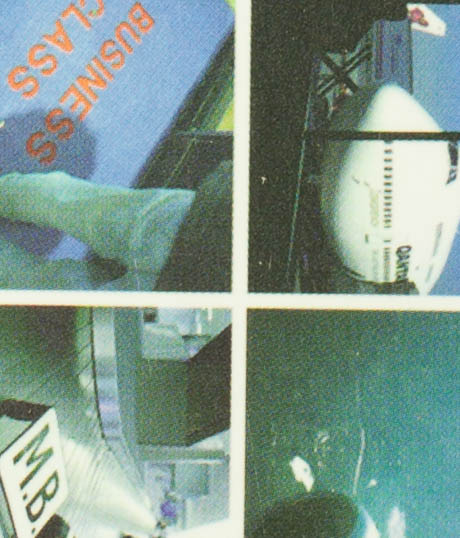
No filter
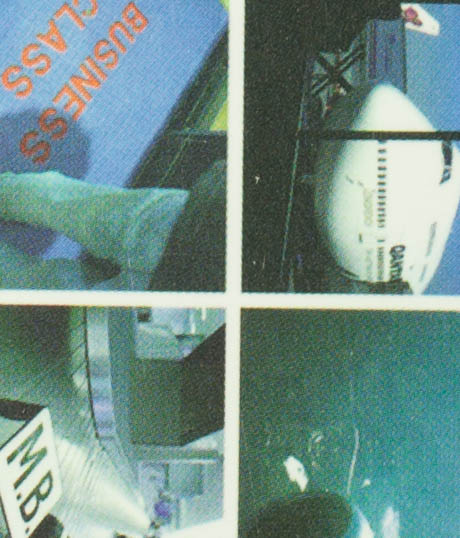
ND2
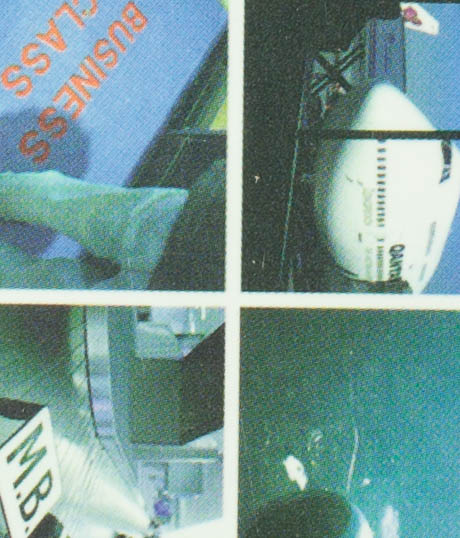
ND4
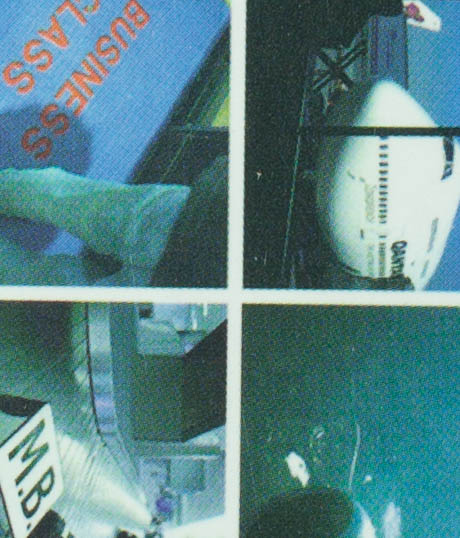
ND8
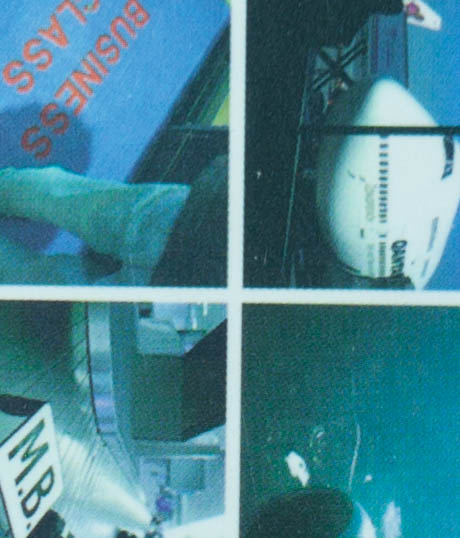
ND8, ND4, and ND2 stacked
With all three filters stacked there appears to be a very small reduction in resolution, but I can't see any difference with any of the filters individually.
Flare
The filters don't claim to be multi-coated, or even single coated, so I was interested to see how they handle light sources in / just out of the frame. This test features a flash in the centre of the frame, and another flash just outside the frame on the right edge, pointed towards the lens.
The camera settings were kept the same for all images, and the flash power was adjusted to compensate for the neutral density filter. (So for the 3 stop ND filter, the flash power was pushed up 3 stops compared to the no filter image).
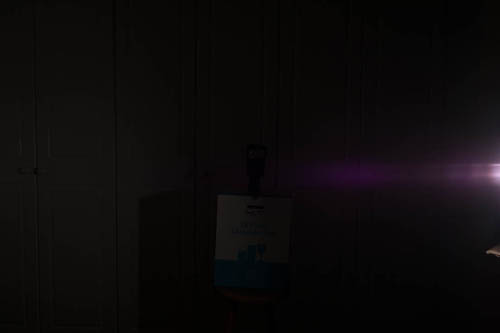
No filter, flash at oblique angle to lens only
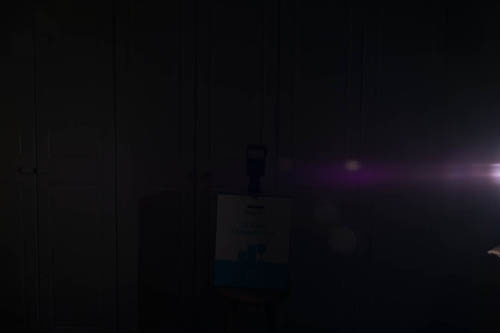
ND2, flash at oblique angle to lens only
What we see here is that having a light source within the frame can create a ring type flare around the edge of the image when using any of the filters. The filters also increase artifact flare and veiling flare.
Taking a photo into the sun, the image is very low contrast:
This is likely at least partly due to veiling flare. However contrast is also quite visibly reduced when shooting away from the sun and using a lens hood. (See the colour cast example images).
Conclusion
Given the very good performance of my XCSource 10 stop filter, I thought that these 1, 2 and 3 stop filters would be at least as good. After all, even premium filter brands such as B+W and Lee have trouble with colour casts in their 10 stop filters. If XCSource can make a good 10 stop filter, then you'd think they'd have no problem making excellent lower density filters.
Sadly this is not the case, and their ND2, ND4, and ND8 filters are quite poor, particularly the ND8 filter. They have a colour cast and reduce contrast.

XCSource ND8 filter - low contrast with a colour cast
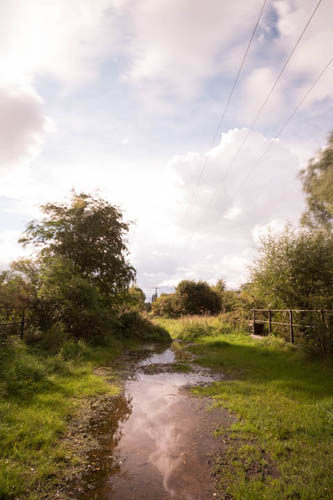
XCSource ND1000 filter - good contrast with only a small colour cast
Post processing can be used to increase the contrast and semi-correct the colour cast. But it still can't really bring an image taken with the ND8 filter up to the same colour and contrast as an unfiltered image. The compressed tonal range of the low contrast image also means the image won't be able to take as much PP before it starts to fall apart.
The filters are priced extremely cheaply compared to what it would cost for the same set from a big brand. But given the negative effects of the filters on image quality, even at their low price, I wouldn't recommend them. Sadly it seems that for the lower strength of ND filters you don't have much option other than going with the much more expensive big brand options.

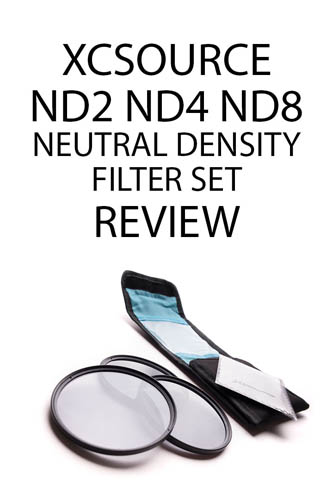










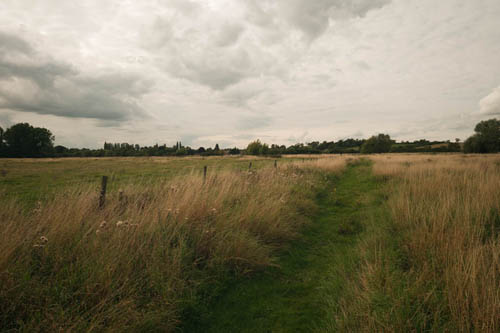
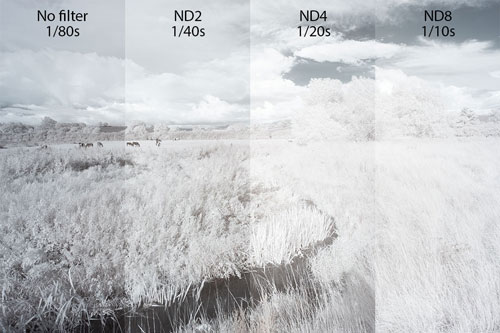






Leave a Reply